September 11, 2025 | 00:10 GMT +7
September 11, 2025 | 00:10 GMT +7
Hotline: 0913.378.918
September 11, 2025 | 00:10 GMT +7
Hotline: 0913.378.918
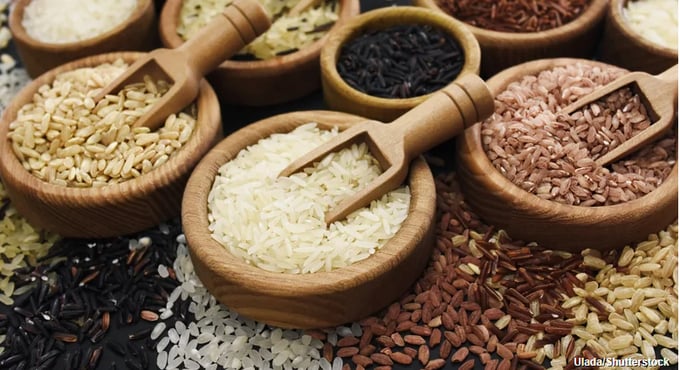
Basmati rice, mainly grown in India and Pakistan, is known for its aromatic, nutty flavor and fluffy texture. Jasmine rice is primarily grown in Thailand.
Though they share many similarities, such as being long-grain varieties, there really are notable differences between the two in flavor, texture, and smell. One is nutty, the other sweet; one is firm and airy, and the other is soft and kind of chewy. These distinct characteristics impact how you'll want to use them, making them both suitable for many, but not all, types of dishes.
Could you use them interchangeably in a recipe if that's all you have? It's not recommended, but yes, you could. The essence of the meal would be lacking in some areas purely based on how it cooks and tastes when it's done. If you're tired of the same old white versus brown rice for dinner, and you plan on stepping outside the box and cooking with one of these varieties, it's important to know how basmati and jasmine rice differ and how to decide which one works best for your dish.
Basmati rice is coveted for having elongated, slender grains and a dry, light feel when cooked. This rice is commonly rinsed and soaked before cooking to reduce excess starch so that each grain stays separate. Jasmine rice is a bit shorter and plumper. When you cook it, it becomes soft and clings together a bit, which is how you get the sticky texture. Instead of going the nutty route, people describe jasmine rice as having more of a floral or buttery aroma. You don't usually have to soak it beforehand, and you'd use less water to retain its texture.
Basmati rice, mainly grown in India and Pakistan, is known for its aromatic, nutty flavor and fluffy texture. Jasmine rice is primarily grown in Thailand. Basmati rice is great for Indian and Middle Eastern dishes, like biryanis, pilafs, and curries. Jasmine rice is a staple for Thai and Southeast Asian cuisine, as it goes so well with delicious fried rice, stir-fries, coconut curries, and soups. The stickiness makes it excellent for your favorite comfort dishes and everyday meals, especially as a side for grilled meats or vegetables. To top things off, the floral aroma enhances dishes where a little sweetness is welcomed.
Choosing between basmati and jasmine rice depends on the flavor, texture, and cultural authenticity you're looking for in your next meal.
Basmati rice is generally considered the healthier option because it has a lower glycemic index (GI). With a GI ranging between 50 to 58, basmati rice causes a slower rise in blood sugar levels compared to jasmine rice, which has a GI of around 60. This makes basmati a better choice for individuals managing blood sugar, such as those with diabetes or insulin resistance. And jasmine rice tends to have fewer (slightly) calories per serving, while basmati contains more fiber, which can contribute to better digestion and prolonged feelings of fullness.
Jasmine rice is more energy-dense, giving you quick carbohydrates for anyone who needs a fast energy boost. Because of the higher GI, jasmine rice can lead to quicker spikes in blood sugar levels. Both rice types are naturally gluten-free and low in fat, so they're suitable for a wide range of diets. They are also both available as brown rice options. Overall, either one is a lovely and (delicious) option.
thetakeout
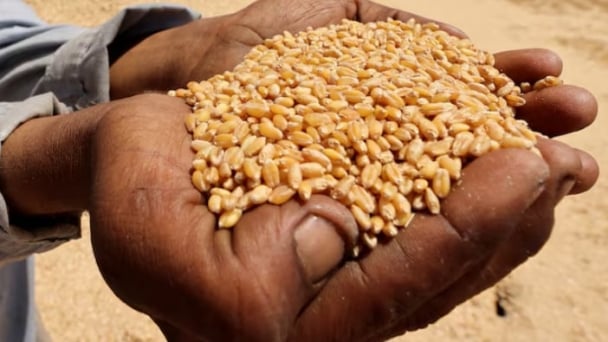
(VAN) World food prices hovered around their highest level in more than two years in August, as costlier meat, sugar and vegetable oil offset cheaper cereals and dairy products.
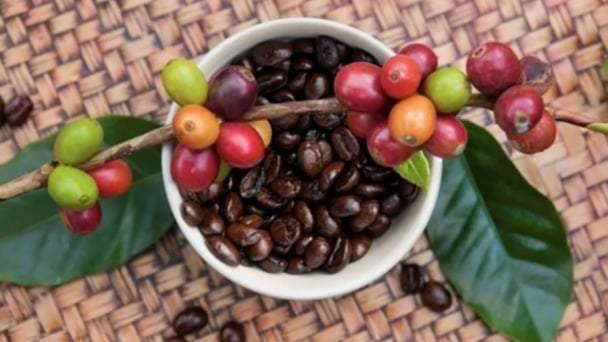
(VAN) Coffee prices on September 8, 2025, remained unchanged domestically, trading at VND 112,000 – VND 113,300/kg. Coffee prices remain stable globally.
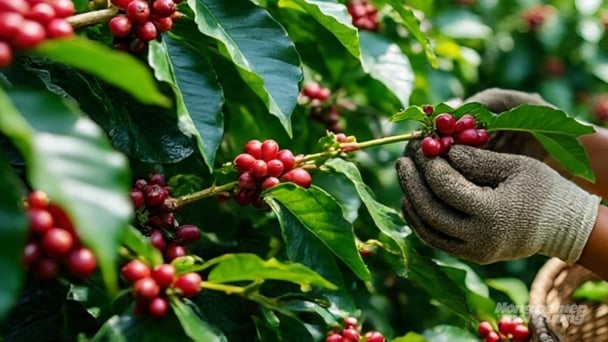
(VAN) Coffee prices on September 7, 2025, are trading at VND 112,000 – 113,300/kg domestically. This week, both global and domestic coffee prices fell sharply.
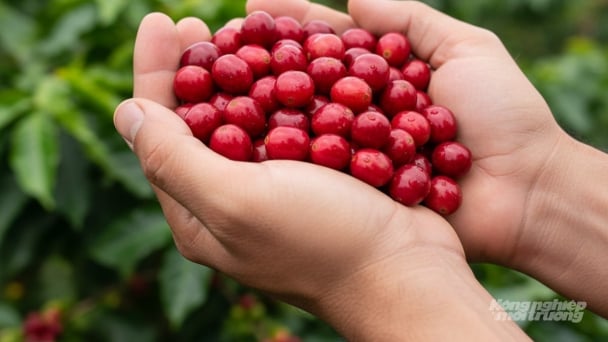
(VAN) Coffee prices on September 5, 2025, in the domestic market fell by VND 400, trading at VND 114,200 – 114,900/kg. Meanwhile, prices fluctuated globally.

(VAN) Fertilizer prices are surging, eroding American farmers’ profits and adding pressure on the Trump administration to slash tariffs on key crop nutrients.

(VAN) In 2026, Dong Thap is expected to receive 8 more Sarus cranes from Thailand - a vital contribution to the Tram Chim National Park Conservation Project.
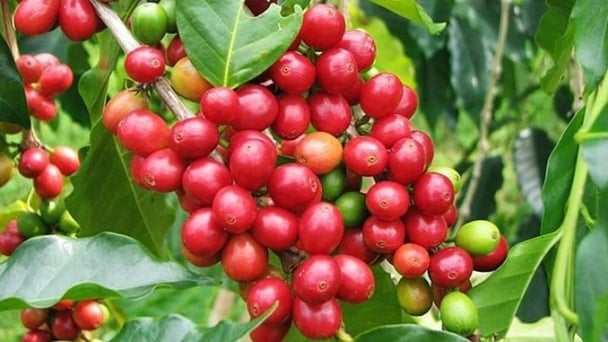
(VAN) Coffee prices on September 3, 2025, fell by VND 6,500 domestically, trading at VND 114,300 – VND 115,000/kg. Global coffee prices dropped by 4–5%.